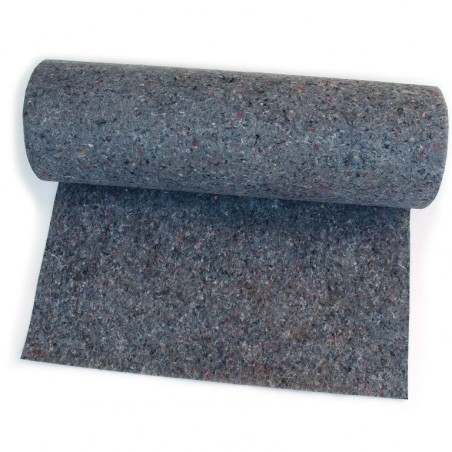This study was conducted to investigate the reproductive performance of gilts with different birth weights over two parities.
Piglets used were born to purebred large white or crossbred large white and landrace sows from farm A (2,500 sows). Gilts were weaned (≈21 days) into an off-site nursery where they remained for ≈60 days before being moved into the off-site gilt finisher/ developer unit for another ≈120 days. At the age of ≈220 days gilts were shipped to sow farm B (7,300 sows) where they remained as productive females, died or were culled. A total of 139 litters were observed (sow litter: n = 118; gilt litter: n = 21) between February and May 2010, and the birth weights recorded. A total of 470 gilts were finally shipped to sow farm B, and the interval between entry and breeding, the wean-estrus-interval (WEI) after first farrowing, number of total and born alive piglets for parities 1 & 2 as well as the culling and death reasons were recorded.

The interval entry-breeding increased slightly with increasing birth weight while WEI slightly decreased. The number of total born piglets and born alive did not differ between the birth-weight categories for both parities (434 and 350 farrowings for parity 1 & 2, respectively). However if re-considered for gilts with a birth weight of < 1.4 vs. > 1.4 kg, both total born and born alive for parity 2 were higher in heavier gilts. Lameness, “No Heat”, returns and sudden death were the most prevalent reasons for being removed from the sow herd. It appeared that lameness increased with increasing birth weight.
Results demonstrate that there are differences in the reproductive performance in gilts depending on their birth weight. The longer entry-breeding interval in heavier gilts might be related to our finding that there was a higher number of prepubertal gilts that had a heavy birth weight. Results indicate that gilts with heavier birth weights (i.e. > 1.4 kg) perform better than lighter gilts in terms of total born and piglets born alive, at least for parity 2. Under the conditions of this study with the genetic lines used it appears that, a birth weight of > 1.4 kg is the desired weight in order to achieve optimum reproductive performance. However, with increasing birth weight there was a higher risk of being culled for lameness.
Effect of birth weight on reproductive performance of gilts over two parities. J Kauffold, TS Donovan, L Gaede, G Sconyers. IPVS, 2012.




